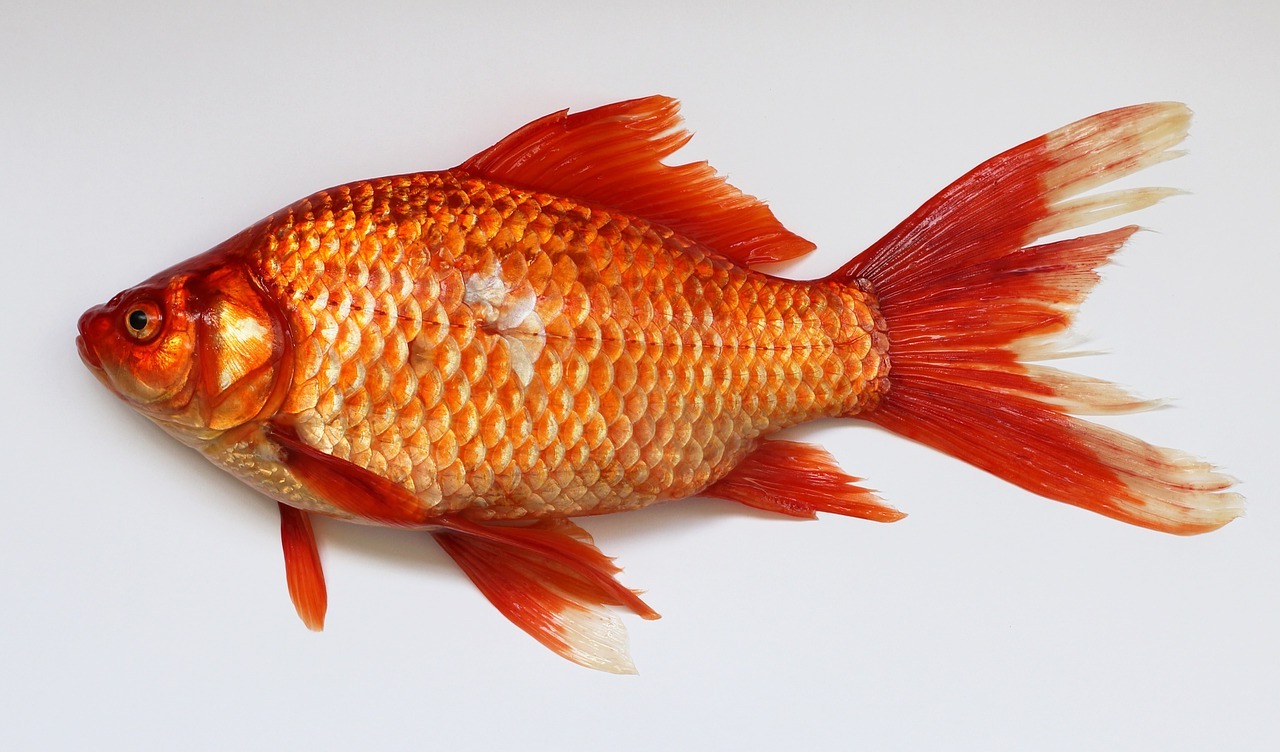
Goldfish are often seen as harmless pets swimming in bowls or ponds, but did you know they can become invasive species? Goldfish invasive species are a growing problem in many parts of the world. When released into the wild, these seemingly innocent fish can wreak havoc on local ecosystems. They outcompete native species for food, disrupt habitats, and even spread diseases. Goldfish are incredibly hardy, allowing them to survive in various environments, from small ponds to large lakes. Their ability to reproduce quickly only adds to the problem. Understanding the impact of goldfish as invasive species is crucial for protecting our natural water bodies. Let's dive into 35 fascinating facts about these surprising invaders.
Key Takeaways:
- Goldfish, often seen as simple pets, can become invasive species in the wild. They grow larger, live longer, and disrupt ecosystems, impacting native species and water quality.
- Releasing pet goldfish into the wild and using them as bait can lead to invasive populations. Conservation efforts include public education, physical removal, and exploring biological control methods.
Goldfish: More Than Just Pets
Goldfish are often seen as simple, low-maintenance pets. However, they have a surprising side that many people don't know about. These little swimmers can become invasive species, causing significant ecological impacts.
Goldfish Origins and Domestication
Goldfish have a rich history that dates back centuries. Understanding their origins helps explain why they can become invasive.
- Goldfish were first domesticated in China over 1,000 years ago. Initially bred for their vibrant colors, they were kept in ornamental ponds and later in bowls.
- They are descendants of the Prussian carp. Selective breeding led to the diverse colors and shapes we see today.
- Goldfish were introduced to Europe in the 17th century. They quickly became popular pets among the wealthy.
Goldfish as Invasive Species
When released into the wild, goldfish can wreak havoc on local ecosystems. Here are some startling facts about their invasive nature.
- Goldfish can grow much larger in the wild. In captivity, they typically stay small, but in the wild, they can grow up to 18 inches long.
- They have a long lifespan. Wild goldfish can live up to 25 years, giving them plenty of time to impact their environment.
- Goldfish are highly adaptable. They can survive in a variety of water conditions, from ponds to lakes to rivers.
- They are voracious eaters. Goldfish consume large amounts of plant material, insects, and small fish, disrupting local food chains.
- Goldfish can reproduce rapidly. A single female can lay thousands of eggs, leading to population explosions.
- They stir up sediment. By rooting around in the substrate, goldfish can increase water turbidity, harming other aquatic life.
- Goldfish can carry diseases. They may introduce pathogens to native fish populations, causing outbreaks.
Ecological Impact of Invasive Goldfish
The presence of goldfish in non-native habitats can lead to significant ecological changes. Here’s how they affect their new environments.
- Goldfish compete with native species for resources. Their aggressive feeding habits can deprive other fish of food.
- They alter aquatic plant communities. By eating and uprooting plants, goldfish can change the structure of aquatic habitats.
- Goldfish can reduce water quality. Their feeding behavior increases nutrient levels, leading to algal blooms.
- They can hybridize with native species. This genetic mixing can threaten the survival of native fish.
- Goldfish can disrupt predator-prey relationships. Their presence can alter the balance of local ecosystems.
Human Actions and Goldfish Invasions
Human behavior plays a significant role in the spread of goldfish as invasive species. Here are some key points to consider.
- Releasing pet goldfish into the wild is a common practice. Many people mistakenly believe it’s a humane way to dispose of unwanted pets.
- Goldfish are often used in outdoor ponds. When these ponds overflow or are drained, goldfish can escape into natural waterways.
- They are sometimes used as bait. Anglers may release unused goldfish into lakes and rivers.
- Goldfish can escape from aquaculture facilities. Poorly managed fish farms can become sources of invasive populations.
- Educational releases can go wrong. School projects involving goldfish releases can unintentionally contribute to invasions.
Managing Goldfish Invasions
Efforts to control goldfish populations are crucial to protecting native ecosystems. Here are some strategies used by conservationists.
- Public education campaigns are essential. Informing people about the risks of releasing goldfish can reduce the number of invasions.
- Physical removal is a common method. Nets and traps are used to capture and remove goldfish from affected areas.
- Chemical treatments can be effective. In some cases, chemicals are used to kill invasive goldfish, though this can harm other species.
- Habitat modification can help. Altering water conditions to make them less suitable for goldfish can reduce their numbers.
- Biological control is being explored. Introducing predators or diseases specific to goldfish may help control their populations.
Interesting Goldfish Facts
Beyond their invasive nature, goldfish have some fascinating traits. Here are a few more intriguing facts about these popular pets.
- Goldfish have excellent memories. Contrary to popular belief, they can remember things for months.
- They can recognize their owners. Goldfish can learn to associate people with food and will often come to the surface when their owners approach.
- Goldfish can change color. Their coloration can change based on diet, light exposure, and water quality.
- They have a unique way of breathing. Goldfish can extract oxygen from water with low oxygen levels, thanks to their specialized gills.
- Goldfish can produce sounds. They make noises by grinding their pharyngeal teeth, which can be heard with special equipment.
- They have a complex social structure. Goldfish can form social hierarchies and recognize individual fish within their group.
- Goldfish can survive in freezing temperatures. They enter a state of torpor, slowing their metabolism to survive cold winters.
- They have been to space. Goldfish were sent on space missions to study the effects of microgravity on living organisms.
- Goldfish are used in scientific research. Their simple nervous systems make them ideal subjects for neurological studies.
- Goldfish can live without food for weeks. They can survive periods of starvation by slowing their metabolism and using stored energy.
Goldfish Invasion: The Final Word
Goldfish, often seen as harmless pets, can wreak havoc when released into the wild. These seemingly innocent creatures grow larger, outcompete native species, and disrupt ecosystems. Their ability to reproduce rapidly and adapt to various environments makes them a formidable invasive species.
To prevent further ecological damage, never release goldfish into local waterways. Instead, consider rehoming them or contacting local pet stores for advice. Awareness and responsible pet ownership play crucial roles in protecting our natural habitats.
By understanding the impact of goldfish invasions, we can make informed decisions that benefit both our pets and the environment. Let's keep our ecosystems balanced and thriving by taking small but significant steps in managing goldfish populations.
Frequently Asked Questions
Was this page helpful?
Our commitment to delivering trustworthy and engaging content is at the heart of what we do. Each fact on our site is contributed by real users like you, bringing a wealth of diverse insights and information. To ensure the highest standards of accuracy and reliability, our dedicated editors meticulously review each submission. This process guarantees that the facts we share are not only fascinating but also credible. Trust in our commitment to quality and authenticity as you explore and learn with us.


